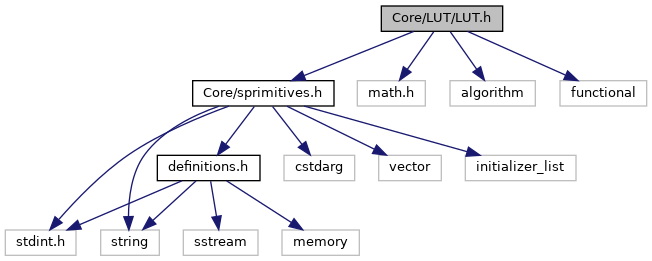


What are the different types of LUTs in video editing?Ĭolour LUTs just take in colour values and output the corresponding colours. You should also be aware of the colour space and input level intended for any LUT and the type of shot it was intended for. So, LUTs are not simply a ‘quick fix’ method to achieve great looking colour grades – you must be aware of doing your colour correction parameters properly before applying any LUT. However, it’s vital to remember that if your footage doesn’t match from shot to shot, isn’t correctly exposed or isn’t colour corrected properly then a LUT won’t work in the way you might want it to. Arguably LUTs are the quickest way to grade your footage once it has been colour corrected. In previous posts I discussed colour correction and colour grading and LUTs, if used, are a different option in the grading process. You can think of LUTs as preset colour looks for your video footage that can help to speed up your editing process. In other words, a LUT is a conduit/code to transform colour (RGB) input values from your camera to different colour (RGB) output values to give your final footage a different look or feel.
Lut meaning software#
The abbreviation LUT is an acronym that stands for ‘LookUp Table’, but what, exactly is a LUT? Put simply, a LUT holds a set of defined data in numbers (a mathematical formula), which are ‘looked up’ by the software you’re using to change the input values of colours, saturation, brightness and contrast in the footage from your camera. A computer with enough memory to handle 4K video edits.A high-quality hard drive to back up your work.

Lut meaning how to#
To delve deeper, let’s take a closer look at LUTs to examine exactly what they are, why you should consider using them and how to apply LookUp Tables to your video edits. LookUp Tables (aka LUTs) are additional tools that expand your capabilities when creating and saving colour grading of your footage.


 0 kommentar(er)
0 kommentar(er)
